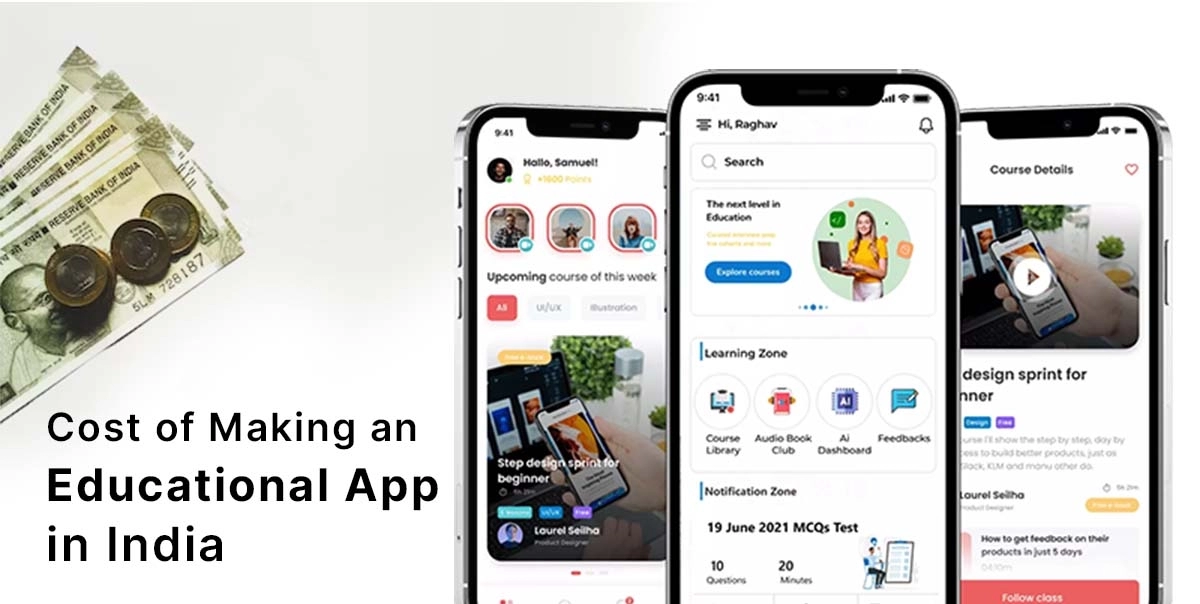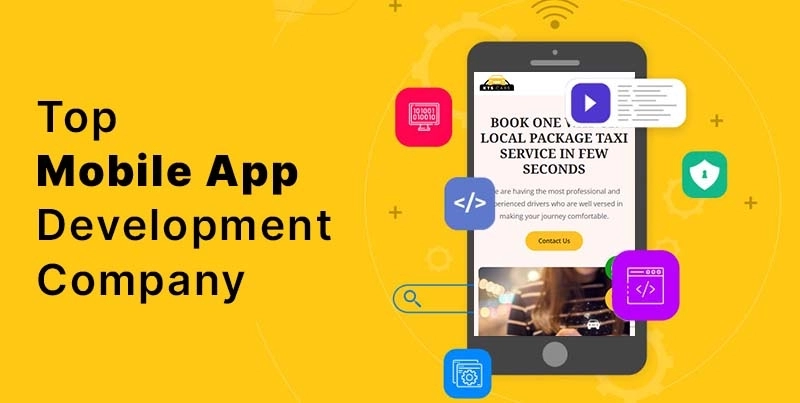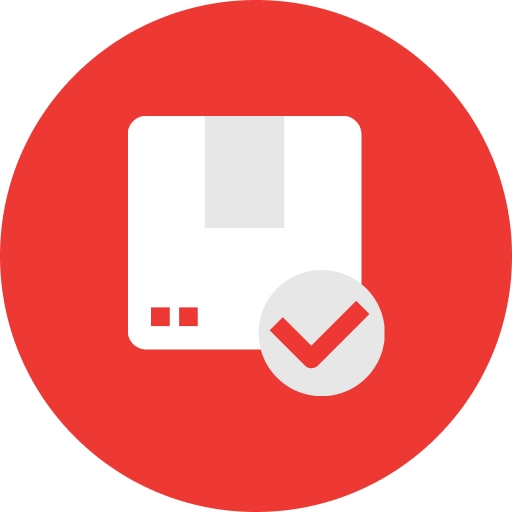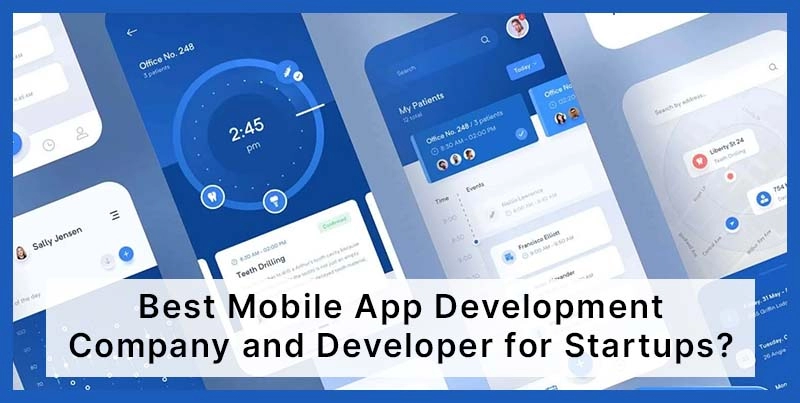Understanding case studies: successful software testing projects | Real-life software testing case studies | Duplex Technologies

Posted By : Ambesh Mishra, Posted Date : Sep 21, 2024
Introduction | Case studies: successful software testing projects
This blog helps readers understand the importance of software testing using successful software testing case studies. The top software testing examples will provide in-depth details of software testing requirements in the modern world. So, let’s begin.
In today’s world, software is used in almost every person’s lifestyle and business environment. As technology advances, new software applications are being created at a higher frequency, changing the landscape of people’s lives, careers, and social experiences. However, this is where there is a massive expansion, such that proper review procedures need to be adopted to establish the efficacy, security, and quality of the software. Having a successful software testing project strategy is necessary to eliminate mistakes and save time and money, as well as maintain the company’s reputation. In this article, the author will uncover “case studies: successful software testing projects” and will outline real cases that describe testing strategies.
Table of Contents
What is software testing?
Software testing is the ability to ensure that software meets the required standard of performance, does exactly what it is supposed to do, and that it contains no faults. This is a process of deliberately searching for faults so that the software is working efficiently, is stable, and operates well given certain conditions. Successful software testing projects also take into account usability, security, and performance aspects so that the stakeholders are assured of the quality of the software. Finally, effective software testing contributes positively to developing good quality software that satisfies and relieves customers, generates confidence, and boosts organizational performance.
Case Studies: Successful Software Testing Projects
Given below are some of the top software testing examples with the solution:
Case Study 1: Walmart's E-commerce Website Testing
Objective: Walmart had to manage and effectively deploy the amount of traffic on its e-commerce platform during the Black Friday sale period.
Solution: Load testing was also conducted as well as optimization, where Walmart actually loaded up the website to high traffic levels to detect specific problems. The caching, content delivery networks, and optimized database queries were used in the firm to increase the performance of different processes.
Challenges: In this software testing case study, some of the obstacles that Walmart encountered while using the testing tool included the difficulty of mimicking the real traffic, testing for realism, and the struggle to incorporate testing with continual website modifications. Nevertheless, Walmart was able to scale up its website’s efficacy and manage higher visitor traffic and a smooth user experience, especially during the holiday periods.
Case Study 2: Amazon's E-commerce Platform Testing
Objective: Amazon’s original goal was to guarantee the effectiveness and robustness of the company’s e-commerce platform for processing a great number of visits and sales while at the same time meeting the needs of its users.
Solution: This became a successful software testing project as Amazon used automation, manual, and crowd-sourced testing to find defects and apply the necessary change. This approach enabled Amazon to understand how its merged platform would perform in different situations and this made it very strong and flexible.
Challenges: Amazon struggled to expand testing coverage to its millions of products and millions of users, achieving end-to-end cross-platform consistency and maintaining test data integrity. Amazon was able to address these challenges through the use of enhanced testing tools and methods; hence, the company was able to provide a good e-commerce platform.
Case Study 3: Google's Search Algorithm Testing
Objective: Google’s goal was to refine the search algorithm daily and the accuracy and relevance of the provided links.
Solution: To fine-tune the algorithm, Google used A/B testing with the help of user feedback and machine learning. This approach allowed Google to assess changes to the algorithm, ascertain the effect on users, and test modifications.
Challenges: Google was challenged by relevant results and user relevance, managing large data sets and scale, and changing use patterns. Google saw these challenges by utilizing modern machine learning approaches, extensive testing facilities, and testing strategies that were oriented to the client.
Case Study 4: Microsoft's Windows 10 Testing
Objective: The primary goals that Microsoft set out for Windows 10 were to build a quality, compatible, and reliable operating system that could meet customers’ expectations and industry standards.
Solution: In the software testing case studies of Microsoft, crowd-sourced testing was done while using manual and automated testing to isolate and deal with defects. This approach allowed the company to test Windows 10 on a variety of devices and make sure they were all compatible.
Challenges: Microsoft was also experiencing issues in the testing of a large number of devices and software types, the large number of testers, and the shorter time to release the products. In order to overcome these challenges, Microsoft adopted superior testing tools, efficient testing methodology, and a test community.
Case Study 5: A Sample of Testing NASA’s Mars Curiosity Rover
Objective: When NASA launched the Mars Curiosity Rover, it was planning for its effective functioning in space and its ability to perform as per its objectives and scientific research requirements.
Solution: To ensure that everything was in order, NASA underwent various tests comprehensively; simulation tests, hardware tests, and software tests, where they were able to check up on the performance and reliability of the rover. This approach was effective at NASA in preventing failure since the organization was able to predict them.
Challenges: Issues that were encountered in this software testing case studies include mimicking Martian settings, exercising system integration, and space mission endurance. NASA was able to overcome these challenges by seeking the help of more sophisticated testing equipment, getting assistance from specialists outside the organization, and obeying very strict testing procedures.
Case Study 6: The Guardian’s Mobile App Testing
Objective: The Guardian sought to reach a successful mobile app with higher engagement and revenue from the users through a good and quality app.
Solution: To make this a successful software testing projects, the Guardian adopted effective and flexible testing approaches, feedback from the users, and constant testing to design the mobile application. This approach helped developers to always meet user needs and movement in market trends that needed to be implemented.
Challenges: Some of the issues that The Guardian encountered include the problem of testing with short development cycles, the problem of trying to achieve a consistent look and feel across multiple platforms, and the problem of meeting the user’s expectations. The Guardian responded to these challenges via fluidity in the testing strategies, development teams, and consumers’ testing strategies.
Case Study 7: Functional Testing of an Educational Website
Objective: Maintain the educational website to be user-friendly, easily navigable, and credible to enhance the learning experience for the students and teaching faculty.
Solution: Had the meat of functional functionality and performed the testing that involves the registration of the user, the enrollment of the course, making of payments, and the revisit to the content area.
Challenges: Some of the difficulties are testing several user interactions, checking the compatibility with browsers and devices, and completing a project within a limited time frame. Solved by working on essential operations, using tools for testing automation, and dealing with stakeholders.
Case Study 8: Testing of a Banking Application in Terms of Usability
Objective: Enhance the usability of the banking application with a focus on navigation, readability of information, and security.
Solution: In this software testing case study, developers carried out a usability test with actual users to get their perception and experience regarding interfaces, effectiveness in completing tasks, and overall satisfaction. Some changes have been incorporated to address some of the shortcomings that were pointed out to make improvements.
Challenges: Difficulties were in selecting the appropriate user samples, mirroring authentic conditions, and maintaining the focus on users while considering organizational priorities. Solved by using principles of user-focused design, cycle testing, and engagement of the interested parties.
Conclusion
Software testing case studies remain vital occurrences in determining the success of software testing projects, as has been observed earlier. When looking at the top software testing examples of how companies have used to test software, some examples include Microsoft using Windows 10 beta to test the product and The Guardian. This reflects real-life scenarios where the development process must undergo enormous testing, needs to be user-focused and must involve a multi-disciplinary effort to deliver quality software. The given resources and examples focus on major issues of software testing, including its scalability, compatibility, and the ability to meet the user’s expectations, and the ways to solve these issues. By studying such successful software testing projects, professionals can learn and modify, enhance their approach, as well as enhance the result, and create the qualitative, efficient, and user-oriented software products that consumers need. This underlines the importance of case studies ( case studies: successful software testing projects ) in software testing and how they impact success at the end of the day.




















































































